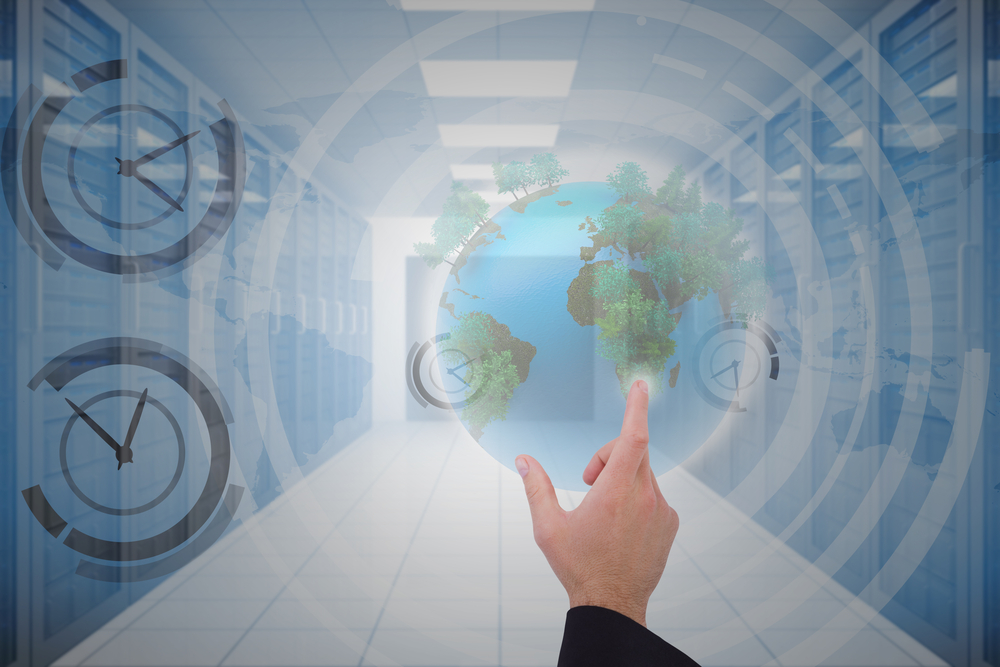The data centre world has long used PUE (Power Usage Effectiveness) as the gold standard against which energy consumption is measured – but now there’s a new efficiency player on the scene, WUE – Water Usage Effectiveness.
WUE or Water Usage Effectiveness has been successful in terms of wooing many in the industry. People are keen to find new ways to get their Power Usage Effectiveness figure as low as possible – and Water Usage Effectiveness is something that has been helping.
On the surface, using evaporated water to cool the data centre atmosphere (either directly or indirectly) keeps power consumption as low as possible so that it is able to reduce mechanical cooling methods.
> See also: Cool dudes: how the UK's data centres can get smarter at being greener in summer
But there’s a problem. Whilst savings might be made in the energy consumption stats, the annual water bills are going to sky rocket. Other areas for concern may include the health and safety implications of evaporative systems and, in the case of direct evaporative systems, opening data halls up to the external atmosphere.
So what’s the way forward?
At point of use this new PUE looks very efficient, offering a potential advantage for those wanting to produce a better energy efficient reading for their data centre, but it’s also relying on (what could become) a scarce resource and it still costs money.
Equally, a correctly sized mechanical system with air blast cooler free cooling can be just as efficient without the need for evaporative cooling.
It looks like it’s either a simple choice to opt for one or the other, but actually, the solution might well be in a happy medium.
If we could combine the well-established PUE ratio with the newer WUE figures, then maybe we could harness the power of two different approaches and reduce data centre electrical consumption with two routes of attack!
In the meantime, the key will be to commission the most energy efficient building components as possible using the least amount of energy: a highly efficient cooling system, an efficient lighting system along with an efficient power generation and heating system.
This combination will then ensure that the primary target of energy is directed at running the actual computers in the data centre, giving a great PUE.
Sourced from Tim Bound, director, Transtherm










